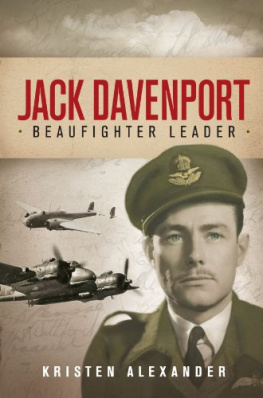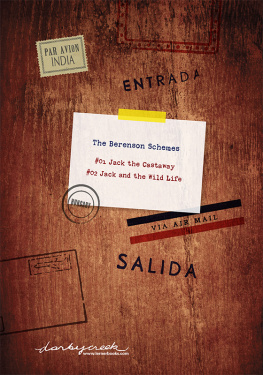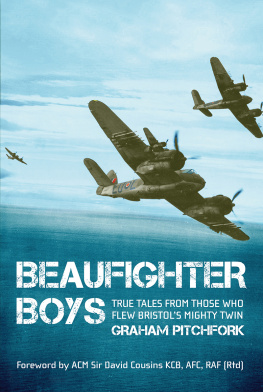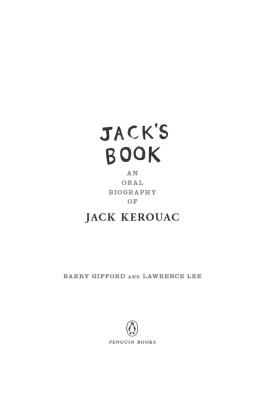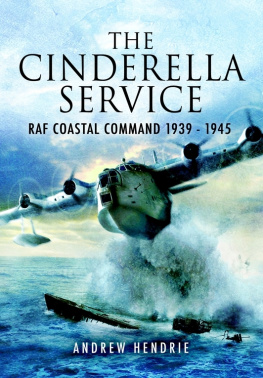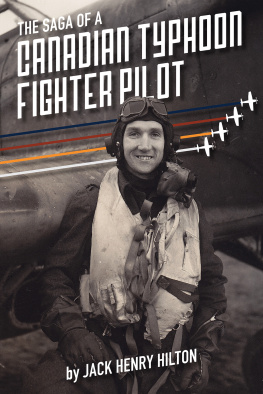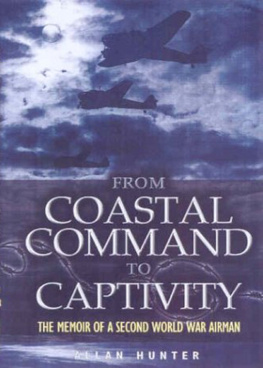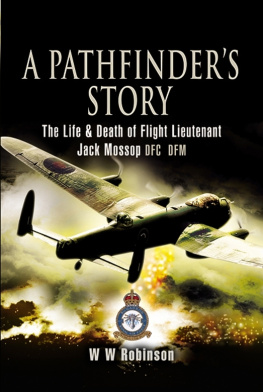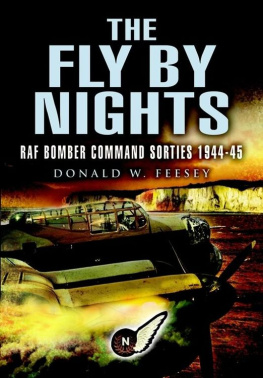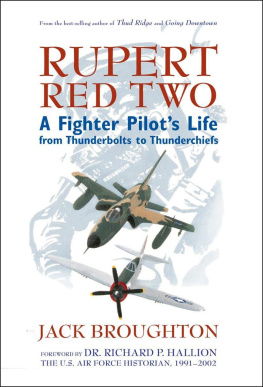
JACK DAVENPORT
BEAU FIGHTER LEADER
KRISTEN ALEXANDER
First published in 2009
Copyright Kristen Alexander 2009
All rights reserved. No part of this book may be reproduced ortransmitted in any form or by any means, electronic or mechanical, includingphotocopying, recording or by any information storage and retrieval system,without prior permission in writing from the publisher. The Australian CopyrightAct 1968 (the Act) allows a maximum of one chapter or 10 per cent of thisbook, whichever is the greater, to be photocopied by any educationalinstitution for its educational purposes provided that the educational institution(or body that administers it) has given a remuneration notice to CopyrightAgency Limited (CAL) under the Act.
Allen & Unwin
83 Alexander Street
Crows Nest NSW 2065 Australia
Phone: (61 2) 8425 0100
Fax: (61 2) 9906 2218
Email: info@allenandunwin.com Web: www.allenandunwin.com
Cataloguing-in-Publication details are available from the NationalLibrary of Australia www.librariesaustralia.nla.gov.au
978 1 74175 776 7
Maps on pages xxi xxv are reproduced with permission ofCatherine Gordon. All originally appeared in Ian Gordon,
Strike and Strike Again. 455 Squadron RAAF 1944-45, Banner Books, 1995.
Index by Russell Brooks
Set in 11.5/14 pt Bembo Std by Bookhouse, Sydney Printed and boundin Australia by Griffin Press
10 9 8 7 6 5 4 3 2
245437348d
Contents
Foreword
Acknowledgements
Authors word
General note
Prologue
Maps
Part 1 Childhoodand training
Depression erachildhood
30th Battalion
3 Bradfield Park, Narromine and Macleod
Operationaltraining
Part 2 Firsttour
Fresher Pilot,455 Squadron, Bomber Command
Ruhroperations
7 Coastal Command
Operation Orator
Miss SheilaMcDavid
1 TorpedoTraining Unit, Turnberry
Part 3 Secondtour
CommandingOfficer, 455 Squadron
BeaufighterLeader
Dangerouswork
George Medal
VeteranCommanding Officer
Wars end
Part 4 Postwar
ConcreteIndustries (Monier)
Integrity andhumanity
Family andfriends
Epilogue
Appendix A Awardcitations
Appendix B AnzacDay speech 1960
For John and Therese Alexander
Foreword
Those who served with Jack Davenportremember him as a remarkable man. The regard in which he was held by those whoflew operations in Europe in the Second World War is evident by his invitationto address the eighth annual RAAF Europe Dinner in Melbourne. The first annualspeaker had been Hugh Edwards VC, and then before and after Jack, Basil Embery,Douglas Bader, Adolf Galland, Pierre Clostermann, Dennis Smallwood, JohnnieJohnson, Donald C.T. Bennett and Leonard Cheshire VC. Their deeply affectingexperiences resonated strongly in the audiences. Such charmed characters andtheir eventful lives are a challenge to bring forth without loss in therecording. Following her recent portrayal of Clive Caldwell, Air Ace, KristenAlexanders special skill in biography is again apparent in this faithfulpresentation of history interwoven with penetrating interview material.
An early entrant into the Empire AirTraining Scheme, Jacks enthusiasm was rewarded by the achievement of his wishto be a pilot. In Britain he was posted to Australias first squadron in BomberCommand, No. 455, flying Hampdens. Translocated to Coastal Command, thesquadron was re-equipped with Beaufighters and on commencing his second tour ofoperations he gained its command (one of the first of the Empire Air traineesto command a squadron). His rocket-firing Beaufighter squadron came to mirrorhis dedication to excellence. He was charmingly boyish yet sure in command,unostentatious and proud of belonging to the RAAF within the RAF, the best servicein the world. Finally in October 1944, Air Chief Marshal Sir Sholto Douglas,Commander-in-Chief of Coastal Command, ordered his retirement from airoperations to plan those very operations.
Beaufighter strike operations werehazardous. At first it was torpedo dropping which meant holding a steady courseinto the target under intense anti-aircraft fire. With the change to rockets,engagement became a very close encounter with the pilot releasing the rocketsat 150 yards from the target to ensure hits below the water line. In the opensea it was difficult enough but as Coastal Commands war moved from the EnglishChannel into Norwegian waters attacks had to be made in the close confines ofharbours and fiords. The hazards were compounded by the appearance ofFocke-Wulf FW 190s from German-occupied airfields. To see friend or foe diecruelly is etched on the memory but there is unresolved trauma surroundingthose whose death is not witnessed. The mind turns over and over in questingwhat their fate might have been. In letters to next of kin Jack tried to easethe pain of official notification.
Jack and Sheilas wartime marriage andtheir settlement in Sydney required a choice between his staying in the airforce or a new career. His exceptional service background ensured he would beapproached for his leadership and management qualities. Resultant seniorbusiness appointments soon escalated to demanding administrative positions.Family time was encroached upon by his readiness to support an ever-widening rangeof benevolent bodies often as chairman and leader in fundraising activities. Hewas called upon for service on company boards and counsel on national bodies.Throughout, he remained committed to his former colleagues through the RAAFAssociation. On Anzac Day he always led his squadron through Sydney and on theprevious evening met squadron members at the Cenotaph. On the first Anzac Dayafter his death, a much diminished group, bolstered by grown children, mournedhis passing while waiting beneath the GPO portico in the chill and darkness ofMartin Place to lay their wreath. As we stepped forward his ever attentivechief of ground crew passed the wreath into the hands of the next seniorofficer present.
Of all the fine things said at his funeralin 1996, I most remember Sheilas, spoken to me in her crisp Scottish accent: Hewas a kind man. Through his own words and actions, and through the eyes of hisfamily, friends and business associates, Kristen Alexander shows that JackDavenport was, indeed, a kind, compassionate man: a man of great humanity.
Group Captain Peter Ilbery OAM RFD MD
Acknowledgements
Official records and histories provide thebare bones of Jacks military and postwar careers, but personal stories revealthe warmth of his character and personality. My thanks to Jacks family andfriends, squadron comrades, business colleagues, employees and neighbours whoshared their memories of Jack. I am, in particular, grateful for the assistanceof the late Wally Kimpton, Ivor Gordon, Bob Holmes and Hope Gibb.
Although I heard many wonderful accountsfrom those who knew Jack, much information was buried in official archives. Iwas fortunate that Ian Gordon, 455 Squadrons second historian, lent me hisresearch material. His old army trunk was a treasure trove of information and Iam still overwhelmed at his generosity. I would also like to thank GeoffRaebel, who recorded the squadrons adventures in Russia, for the loan of someof his interview material.
Lack of time always bedevilled me and, soI could concentrate more on reading and writing, I wish to thank Jean Main whoretrieved the majority of archival information (that did not come from Ianstrunk!) and patiently responded to my umpteen requests for one more file...one more fishing expedition; and Amanda Lomas who transcribed my interviews.
Next page
